Expert Tips for Sealing Against Residential Clover Mites Infestations

Clover mites, microscopic arachnids thriving in moist environments, infiltrate homes through cracks……..
Understanding Clover Mites Prevention and Removal
Introduction to Clover Mites Prevention and Removal
Clover mites, tiny arachnids resembling spiders, are common pests found in many parts of the world. Their prevalence during certain seasons can lead to significant infestations in homes, gardens, and commercial properties. The focus on preventing and removing clover mites is crucial for maintaining a healthy and comfortable living environment. This article delves into the strategies and methods used for effective clover mite management. Readers will gain insights into the biology of clover mites, the importance of prevention, and the most effective removal techniques.
Biology and Behavior of Clover Mites
Clover mites are small, eight-legged creatures that feed on plant juices, primarily affecting lawns, gardens, and other vegetation. They become a nuisance when they invade homes in large numbers during the spring and fall. Understanding their life cycle and behavior is essential for developing targeted prevention and removal strategies.
Prevention Strategies
Preventing clover mites involves both environmental management and structural measures. Keeping lawns well-trimmed, removing weed patches, and maintaining proper irrigation can reduce their habitat. Sealing cracks and gaps in building foundations, walls, and windows helps prevent entry into homes. Regularly inspecting the perimeter of buildings for signs of clover mites is also a proactive step in prevention.
Removal Techniques
When clover mites do invade, there are several removal techniques available. These range from non-chemical methods like vacuuming or using a broom and dustpan to chemical controls such as insecticides and acaricides. It’s important to choose methods that are safe for the environment and occupants of the affected area.
Historical Context of Clover Mite Management
The management of clover mites has evolved over time, with early practices relying heavily on chemical treatments. Modern approaches now emphasize integrated pest management (IPM) strategies, combining various methods for more sustainable and effective control.
Global Impact and Trends
Clover mites affect a wide range of ecosystems and economies worldwide. Their presence can be a significant concern for agricultural producers, homeowners, and commercial property managers. This section explores the global distribution of clover mites, their impact on different environments, and how climate change is influencing their behavior and range.
Impact on Agriculture
Clover mites can cause substantial damage to crops, particularly those in the legume family. Understanding the economic implications of their infestations is crucial for farmers and agronomists to develop effective management practices.
Global Distribution and Climate Change
The changing climate has expanded the range of clover mites, with some regions experiencing increased infestations. This section examines how environmental factors influence their spread and what this means for future pest control strategies.
Economic Considerations
The economic aspects of clover mite prevention and removal are multifaceted. From the cost of treatment to the potential loss of crops or damage to property, the financial impact can be significant. This section analyzes market dynamics, investment patterns in pest control, and the overall role of clover mite management within economic systems.
Market Dynamics
The demand for effective clover mite solutions drives innovation in the pest control industry. Understanding market trends helps businesses and homeowners make informed decisions about their prevention and removal options.
Investment Patterns
Investments in research, development, and implementation of clover mite management programs are critical for long-term sustainability and effectiveness. This section explores where investments are made and how they influence the field.
Technological Advancements
Advancements in technology have significantly improved clover mite prevention and removal techniques. From more effective chemical formulations to innovative monitoring devices, the tools available to pest management professionals (PMPs) continue to evolve. This section reviews key technological advancements and their impact on the industry.
Chemical Formulations
Newer, targeted insecticides and acaricides have reduced the environmental impact while increasing effectiveness in controlling clover mite populations.
Monitoring and Detection Technologies
Innovations in monitoring devices and software enable PMPs to detect infestations early, allowing for more timely and effective interventions.
Policy and Regulation
Government policies and regulations play a vital role in shaping the landscape of clover mite prevention and removal. This section outlines key policies, regulations, and legislative frameworks that govern these practices and their influence on the industry’s development.
Regulatory Frameworks
Regulations dictate the types of chemicals and methods that can be used for pest control, ensuring safety and efficacy. Compliance with these regulations is essential for all stakeholders in the field.
Environmental Protection and Sustainability
Policies promoting environmental protection and sustainability have led to the development of integrated pest management (IPM) programs that emphasize non-chemical methods and biological controls.
Challenges and Future Directions
Despite advancements, challenges remain in clover mite prevention and removal. This section discusses ongoing issues in the field and looks ahead to potential future directions for research and innovation.
Resistance Management
The development of pest resistance to certain chemicals is a significant concern. Strategies for managing resistance are critical for maintaining effective control measures.
Sustainability and Integrated Pest Management
Adopting sustainable practices and IPM approaches will likely be the focus of future clover mite management efforts, with an emphasis on minimizing environmental impact and preserving biodiversity.
Conclusion
Effective clover mite prevention and removal require a comprehensive approach that integrates biological understanding, technological innovation, and regulatory compliance. By combining non-chemical and chemical methods, as well as embracing sustainable practices, stakeholders can effectively manage clover mites and protect both the environment and human health. Future research will continue to improve our strategies, ensuring that we remain one step ahead of these persistent pests.
FAQs
What are some common non-chemical methods for controlling clover mites?
How do changes in climate affect clover mite populations?
What are some of the most effective chemical controls for clover mites?
Why is it important to use integrated pest management (IPM) for clover mite control?
How do government policies influence clover mite management?

Clover mites, microscopic arachnids thriving in moist environments, infiltrate homes through cracks……..
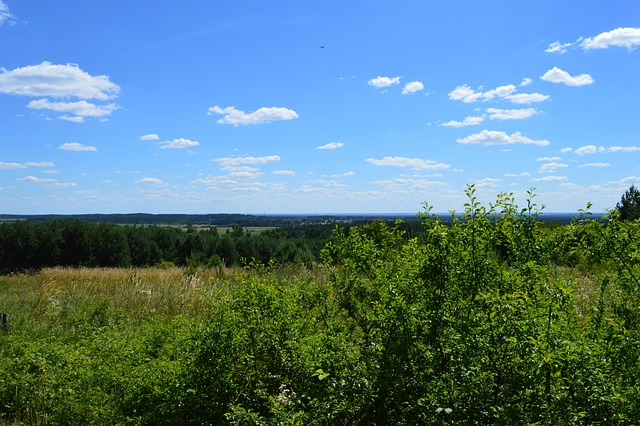
Clover mites, small but destructive, thrive in warm, lush conditions. Prevention focuses on understa…….
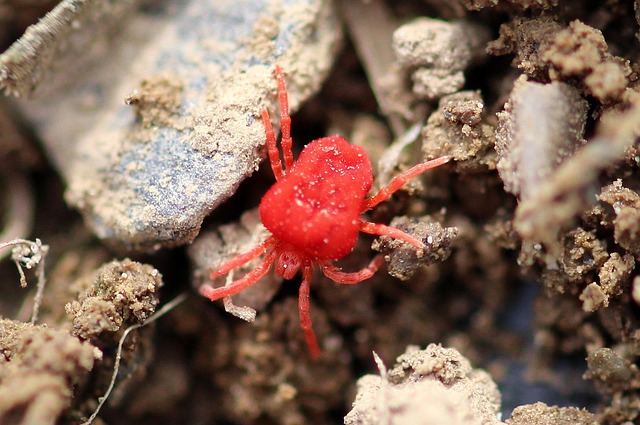
Clover mite infestations require swift action for effective control. Visual cues like webbing, red/b…….
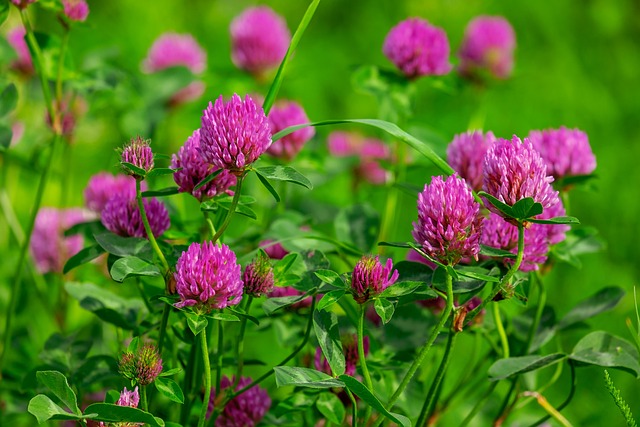
Clover mites, with their complex life cycle and rapid reproduction, can quickly become a significant…….
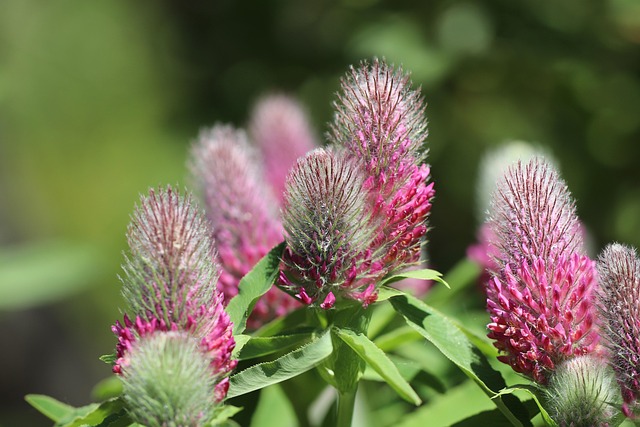
Clover mites, tiny pests measuring 1-2 mm, prefer dark, humid areas and feed on clovers and other pl…….
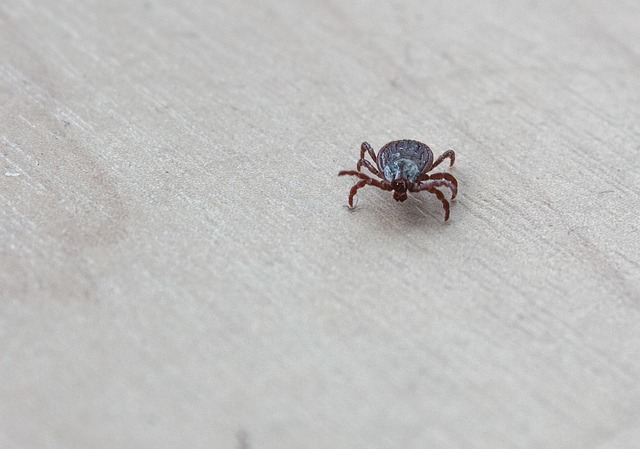
Commercial clover mite extermination requires advanced techniques by exterminators who target seclud…….
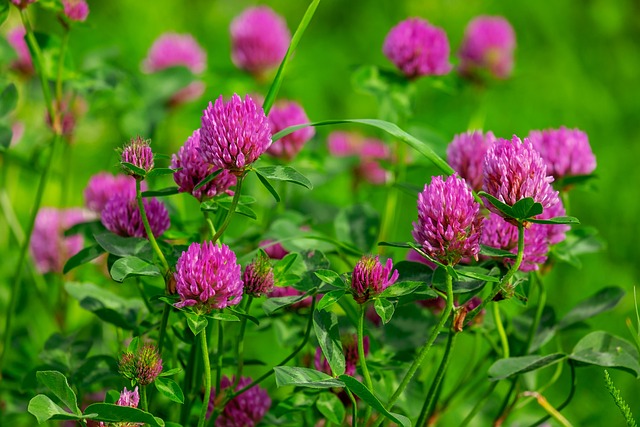
Clover mites, though tiny, are potent indoor plant pests causing significant harm during warmer mont…….

Clover mites, tiny wingless pests, cause significant lawn and plant damage during warm months. Profe…….
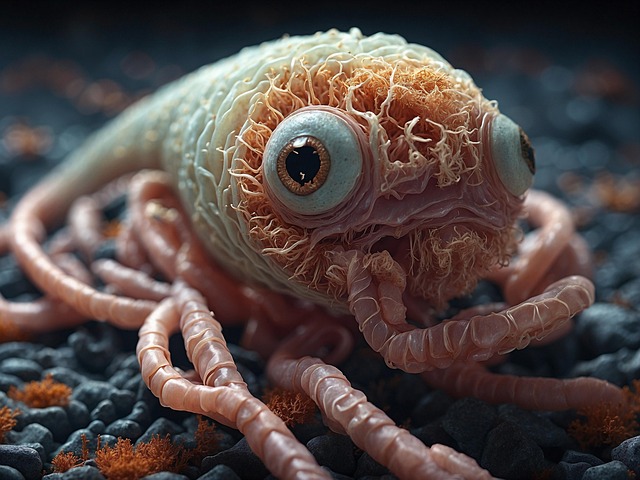
Clover mites are year-round problems requiring a nuanced, sustainable approach beyond seasonal pesti…….
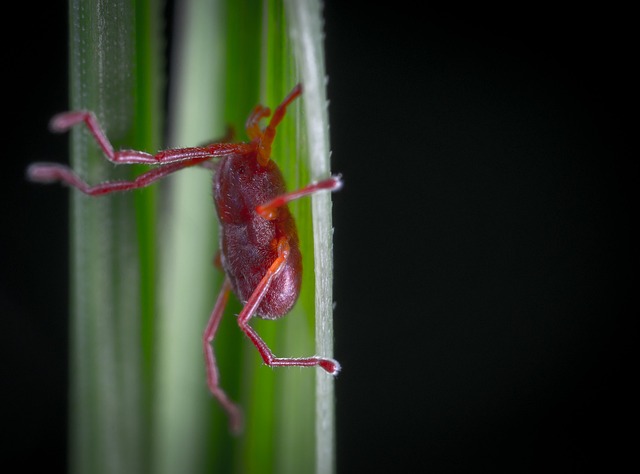
Clover mites infest homes in spring and fall, thriving in warm, humid environments with organic matt…….